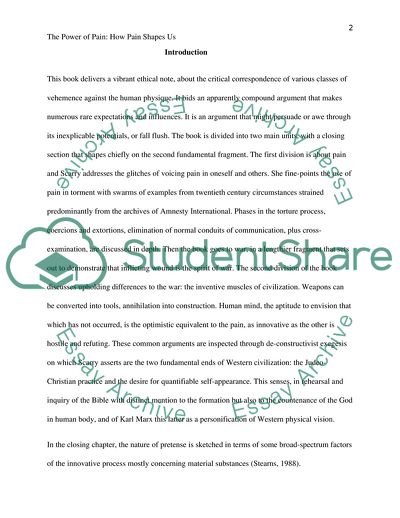Cite this document
(The Power of Pain Term Paper Example | Topics and Well Written Essays - 1250 words - 1, n.d.)
The Power of Pain Term Paper Example | Topics and Well Written Essays - 1250 words - 1. https://studentshare.org/philosophy/1755708-the-power-of-pain-how-pain-shapes-us
The Power of Pain Term Paper Example | Topics and Well Written Essays - 1250 words - 1. https://studentshare.org/philosophy/1755708-the-power-of-pain-how-pain-shapes-us
(The Power of Pain Term Paper Example | Topics and Well Written Essays - 1250 Words - 1)
The Power of Pain Term Paper Example | Topics and Well Written Essays - 1250 Words - 1. https://studentshare.org/philosophy/1755708-the-power-of-pain-how-pain-shapes-us.
The Power of Pain Term Paper Example | Topics and Well Written Essays - 1250 Words - 1. https://studentshare.org/philosophy/1755708-the-power-of-pain-how-pain-shapes-us.
“The Power of Pain Term Paper Example | Topics and Well Written Essays - 1250 Words - 1”. https://studentshare.org/philosophy/1755708-the-power-of-pain-how-pain-shapes-us.


